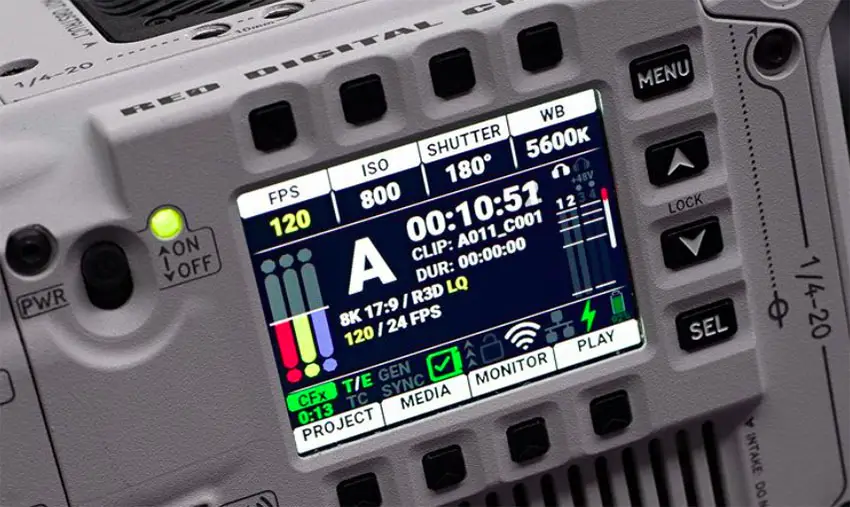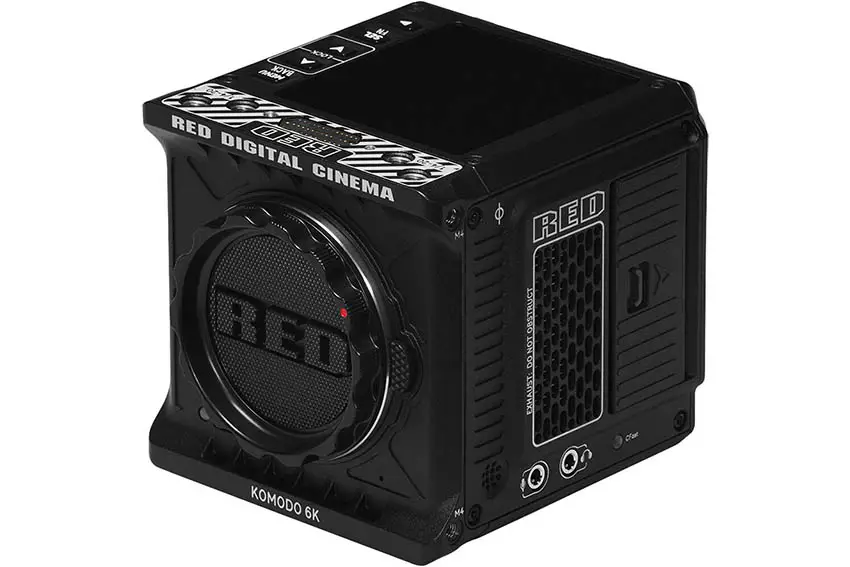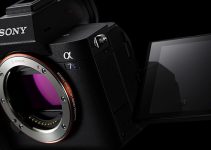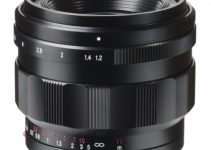The next-generation of RED cinema cameras is getting into gear with the release of the V-RAPTOR 8K VV as the first DSMC3 release and a follow-up to the compact KOMODO 6K.
There are plenty of similarities between these two cameras, but there are some very significant differences – notably with the upgraded 8K VV sensor in the V-RAPTOR. This means you are going to be seeing a very different image between the two models.
If you are curious how the V-RAPTOR performs and compares to the KOMODO, filmmaker Brandon Washington has performed a nice image quality test.
The V-RAPTOR tests are planned to be controlled. He wants to check out things like dynamic range, different resolutions, skin tones, and do some comparisons to the KOMODO. For lighting they have a book light with an Aputure Nova going into a 4 x 4’ to bounce through a 4 x 4’ diffusion. On the other side there is a reflector for fill. Audio is being recorded externally since there aren’t native recording options yet. Then, there is an Aputure 120d for a hair light and a few RGB Tube Lights in the background as an accent.
Camera settings are 8K at 24 fps with ISO 800, f/5, and 180-degree shutter along with a 5600K white balance. It is in REDCODE RAW LQ. He is doing this first test with a variety of different skin tones. The footage looks crisp and clean. The V-RAPTOR appears to be just as solid as RED said it was.
Next up is seeing if there is a strong difference between the MQ and HQ flavors of REDCODE RAW. There are definitely going to be differences in file size, but Brandon also wants to see about dynamic range. The results were that it is practically impossible to tell the changes between the different quality settings. The file sizes change dramatically of course. This was also a static shot with good lighting – not exactly pushing the codec at all.

Image Credit: RED
Now for the fun of seeing it compared to the KOMODO. Again, the same set, now with both the KOMODO and V-RAPTOR. The biggest change you’ll see is the Vista Vision sensor of the V-RAPTOR having a dramatically different field of view compared to the KOMODO’s Super 35mm image. You can actually match the resolution on the VV sensor to a 6K Super 35mm area, though it looks like even this is a bit wider than the KOMODO.
If you want a set of cameras and want to pair the KOMODO and V-RAPTOR it looks like you can get some very well-matched footage. Notes about the V-RAPTOR is that it will eat up your storage. Just 60 seconds of 8K REDCODE RAW LQ will take up 11GB of space. Batteries are also getting burned through. 150Wh battery packs were getting drained over 80% in just an hour and a half.
The V-RAPTOR is designed for people who have the time and energy (and money) to get the best possible image quality. The larger sensor and high-end recording formats deliver. Also, RED’s workflows are actually quite sensible these days with plug-ins available for all the major NLEs.

Image Credit: RED
Even the modern MacBooks with super optimized software like Final Cut Pro were handling the 8K RAW footage, at least in 4K timelines. Maybe the latest MacBook Pros will make working with this footage no problem at all.
High-quality easy-to-work-with footage is going to be the key to the V-RAPTOR’s success.
What are your thoughts on the V-RAPTOR?
[source: Brandon Washington]
Order Links:
Disclaimer: As an Amazon Associate partner and participant in B&H and Adorama Affiliate programmes, we earn a small comission from each purchase made through the affiliate links listed above at no additional cost to you.



